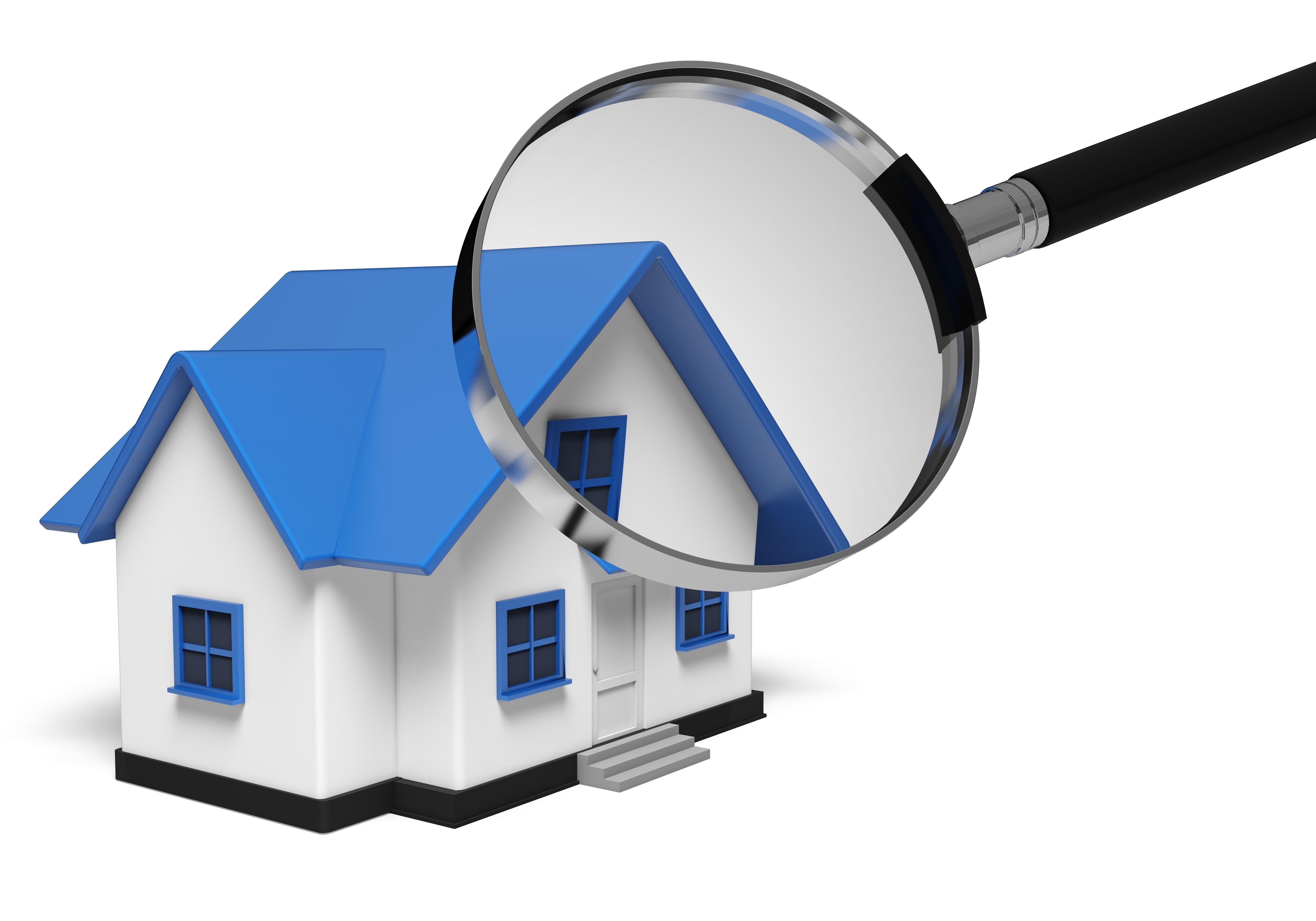
Comprehending AppraisalsBuying real estate can be the most significant financial decision many could ever make. Whether it's a main residence, a seasonal vacation property or an investment, the purchase of real property is an involved financial transaction that requires multiple parties to see it through. You're probably familiar with the parties taking part in the transaction. The most known face in the transaction is the real estate agent. Then, the bank provides the financial capital necessary to bankroll the deal. And the title company ensures that all details of the transaction are completed and that the title is clear to pass from the seller to the purchaser. So, what party is responsible for making sure the real estate is worth the amount being paid? This is where you meet the appraiser. We provide an unbiased opinion of what a buyer could expect to pay — or a seller receive — for a property, where both buyer and seller are informed parties. A licensed, certified, professional appraiser from A. M. Appraisals will ensure, you as an interested party, are informed. The inspection is where an appraisal startsTo ascertain the true status of the property, it's our responsibility to first conduct a thorough inspection. We must actually view features, such as the number of bedrooms and bathrooms, the location, and so on, to ensure they indeed exist and are in the condition a typical person would expect them to be. To make sure the stated square footage has not been misrepresented and describe the layout of the house, the inspection often entails creating a sketch of the floorplan. Most importantly, we identify any obvious features - or defects - that would have an impact on the value of the property. After the inspection, we use two or three approaches to determining the value of real property: a paired sales analysis, a replacement cost calculation, and an income approach when rental properties are prevalent. 
Cost ApproachThis is where the appraiser analyzes information on local construction costs, labor rates and other factors to figure out how much it would cost to build a property nearly identical to the one being appraised. This figure often sets the maximum on what a property would sell for. The cost approach is also the least used method. 
Sales ComparisonAppraisers become very familiar with the communities in which they work. They thoroughly understand the value of specific features to the people of that area. Then, the appraiser researches recent transactions in the area and finds properties which are 'comparable' to the subject being appraised. Using knowledge of the value of certain items such as upgraded appliances, additional bathrooms, additional living area, quality of construction, lot size, we adjust the comparable properties so that they more accurately portray the features of subject property.
After all differences have been accounted for, the appraiser reconciles the adjusted sales prices of all the comps and then derives an opinion of what the subject could sell for. At A. M. Appraisals, we are an authority when it comes to knowing the worth of real estate features in West Columbia and Lexington County neighborhoods. This approach to value is usually given the most importance when an appraisal is for a real estate sale. Valuation Using the Income ApproachIn the case of income producing properties - rental houses for example - the appraiser may use an additional way of valuing a house. In this case, the amount of revenue the real estate generates is taken into consideration along with income produced by neighboring properties to determine the current value. Coming Up With The Final ValueAnalyzing the data from all approaches, the appraiser is then ready to put down an estimated market value for the property at hand. The estimate of value at the bottom of the appraisal report is not always the final sales price even though it is likely the best indication of a property's valuePrices can always be driven up or down by extenuating circumstances like the motivation or urgency of a seller or 'bidding wars'. But the appraised value is typically used as a guideline for lenders who don't want to loan a buyer more money than the property is actually worth. Here's what it all boils down to, an appraiser from A. M. Appraisals will help you attain the most accurate property value, so you can make the most informed real estate decisions. |
Got a Question?
Do you have a question? We can help. Simply fill out the form below and we'll contact you with the answer, with no obligation to you. We guarantee your privacy.